If you have ever struggled with acne, then you know how hard it can be to get rid of and the amount of distress that it can produce.
You also know that there isn’t a magic bullet that can instantly fix it.
Finding solutions that actually make a big difference can be hard.
And there’s a lot of rocks to look under to find one.
Does Dry Skin Cause Acne? Dry skin is one of those parts of the puzzle that can actually be a big component to discovering why you are having persistent acne and taking a step to reduce the problem.
Dry and cracking skin can create a fertile surface for acne to spread deeper and further down and help clog pores through flaking. Dry skin can also cause skin to create to much oil to balance the effects of the dryness.
One of the biggest factors that leads to dry skin is a drop in the relative humidity.
Which is usually due to the winter cold taking over.
Not only is the humidity level in winter typically lower, it also is the time of year when the heater is drying everything out.
Including your skin.
 Healthy glowing skin needs a consistent 40 to 60% relative humidity to stay sufficiently hydrated.
Healthy glowing skin needs a consistent 40 to 60% relative humidity to stay sufficiently hydrated.
When the relative humidity is down, your skin will reflect it by drying and cracking, opening the door to multiple symptoms including those associated with psoriasis and acne.
Does dry skin cause acne?
Dry skin facilitates the spread of acne in a couple of different ways.
1. Dry skin damage allows the bacteria that causes acne to burrow down deeper into the epidermis.
2. Dry skin can also cause a counter balance reaction that causes the skin to create more oil than usual.
If you were to look at your acne problem in terms of a growing a garden,
Having dry skin would equate to the soil in your garden being tilled and well prepared for planting seed.
So even though the dryness of your skin is not technically the cause or the seed( in this example) of the acne, it can be one of the factors that helps it grow stronger and faster.
Obviously the relative humidity is not 100% the reason for all dry skin,
Some other reasons can include reactions to soap, perfumes, and chlorine.
But the climate is easily the biggest factor to point to when you are experiencing dryer than average skin.
Fortunately introducing moisture back into a room is simple enough with the use of a humidifier.
How do you know if this article is specifically about you whether or not you should be using a humidifier?
The answer is by measuring your humidity to ensure you are keeping to the 40 to 60% relative humidity rule.
How exactly do you do that?
A hygrometer is a humidity meter that can be easily read to measure your own humidity and determine your own needs.
Hygrometers are usually paired up with a thermometer. These “Thermo hygrometers” are sold at pretty much any home improvement store and are pretty inexpensive.
If you measure your humidity, and it is below the 40% mark, then you’re on to something. It’s time to take steps to improve the moisture in your home or environment.
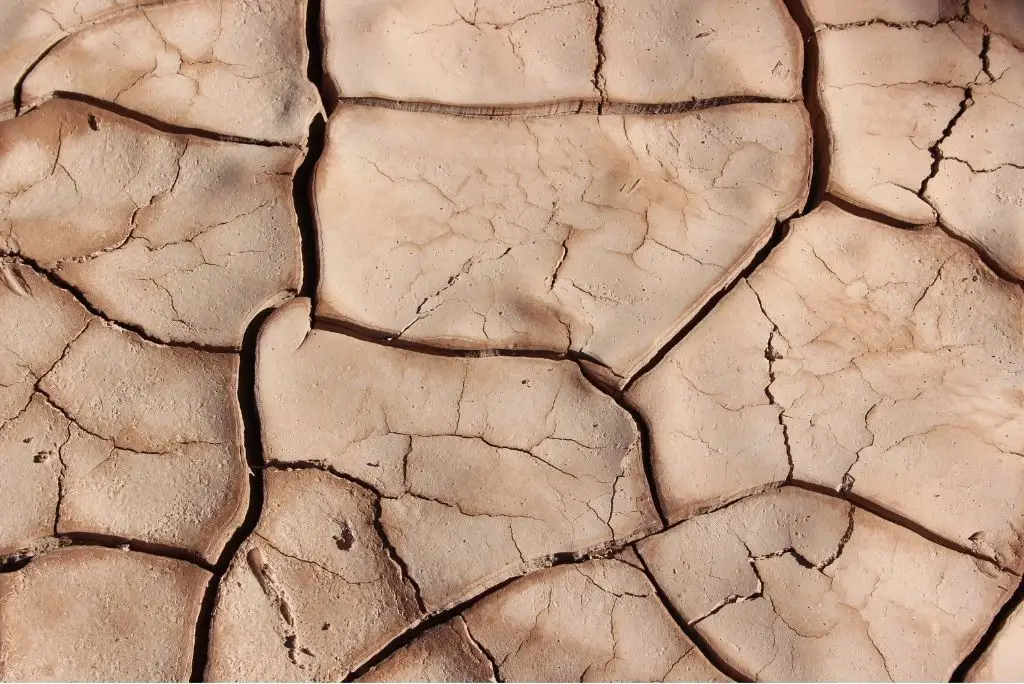 Humidity is usually not considered one of The usual suspects when health issues arise.
Humidity is usually not considered one of The usual suspects when health issues arise.
Unless of course you’re having a crazy amount of static electricity or the inside of your nose is dry and bleeding.
But humidity has a lot more to do with keeping healthy and avoiding a lot of seasonal health issues than most people are aware of.
Most people can tell you that the humidity is adversely affecting them when it is too high.
But not as many people recognize the symptoms of low humidity.
Regulating the humidity in your home not only will help moisturize your skin,
It also keeps the dust particles including germs and bacteria from being able to travel.
Is a cool mist humidifier or warm mist better for acne?
Warm mist humidifiers tend to need less maintenance because the temperature of the water is raised to a point that bacteria and mold doesn’t take root.
But the steam from these humidifiers tends to make a room feel swampy.
Cool mist humidifiers produce moisture in the air that is actually refreshing,
But they do require more frequent maintenance to keep bacteria from growing in them.
An important distinction to make when we talk about humidifiers and raising the relative humidity is we are not talking about facial steaming.
Most dermatologists agree that a facial steamer will do more damage to your skin and actually exacerbate acne, as well as other skin conditions like psoriasis and rosacea.
Recap
Dry skin can be a big component in the spread of acne because it allows the bacteria that causes acne to burrow deeper into the epidermis.
The flakes that result from having dry skin can also get inside of the pores and lead to redness and acne symptoms.
Dry skin equates to a lack of moisture in the air.
A common condition in Winter that is easily rectified with the use of a humidifier.
If you are concerned that dry skin and the low relative humidity is exasperating your acne,
An easy way to test the humidity in your house is with a hygrometer.
A hygrometer is a fairly cheap gauge that is easily read and will let you know if your humidity has dropped or risen beyond the safe region of 40 to 60 percent mark.
If you have found that it has fallen, then a humidifier is a device that will add moisture back into your air and return your home to a safe RH.

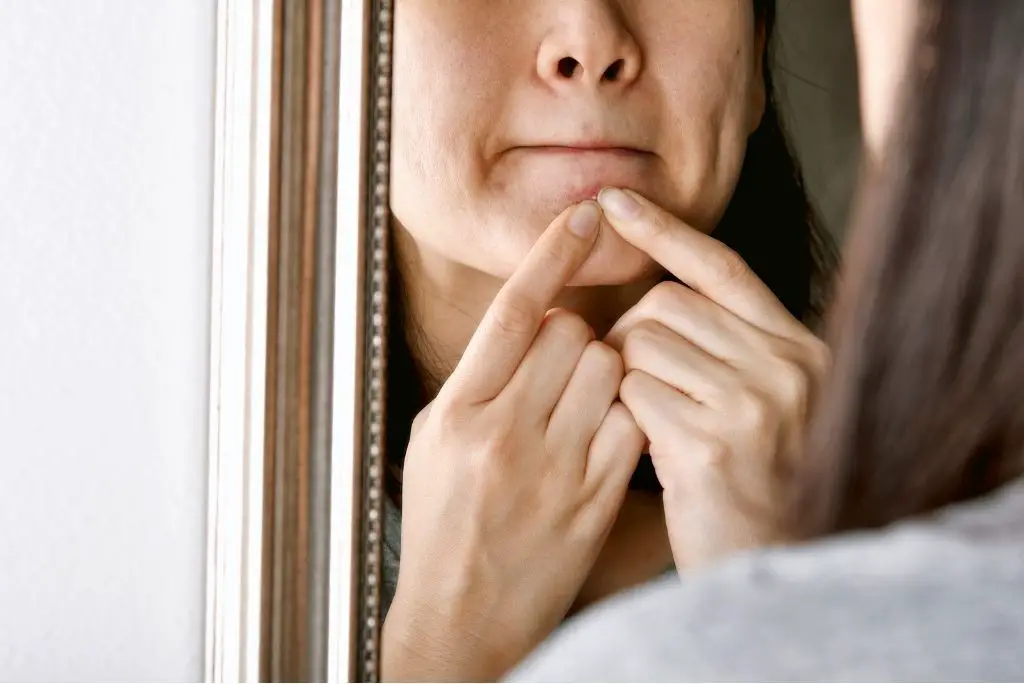

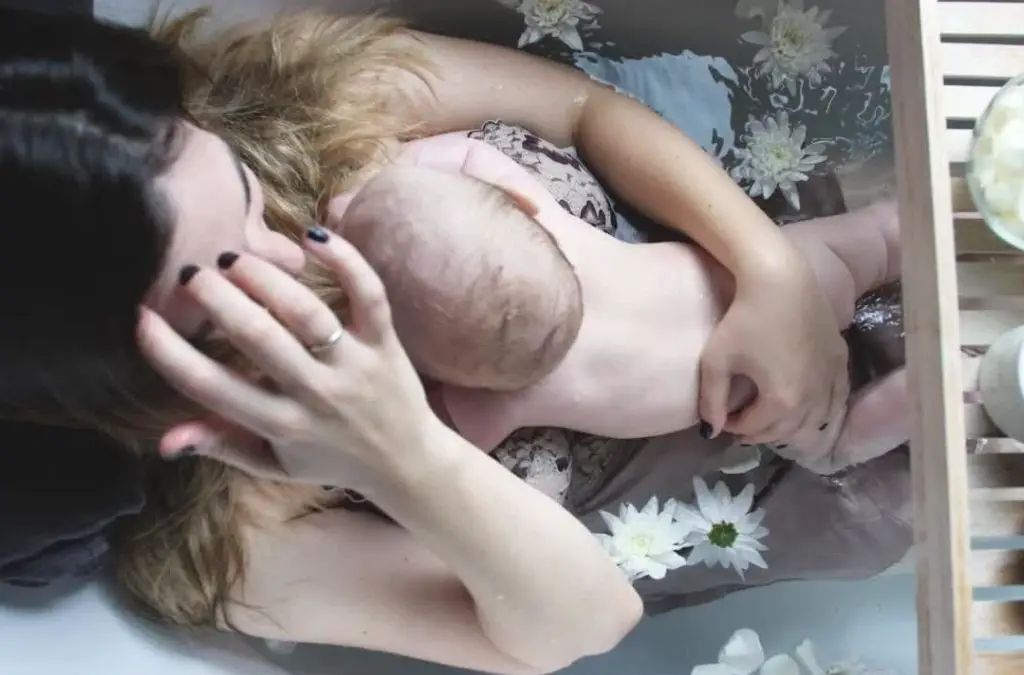
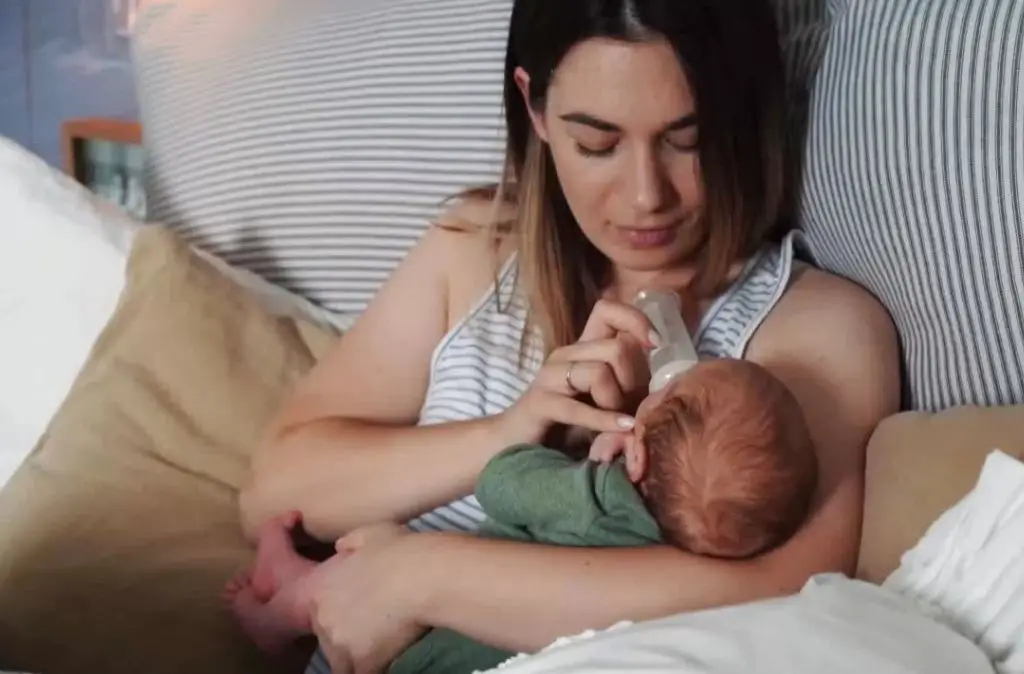 How close should the humidifier be to the baby?
How close should the humidifier be to the baby?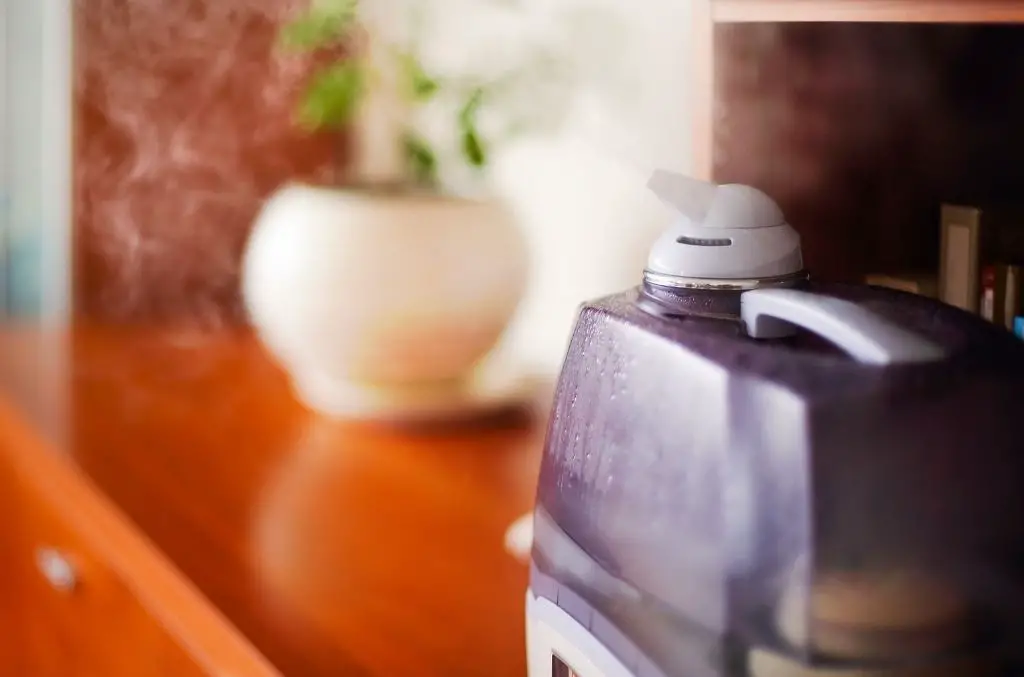

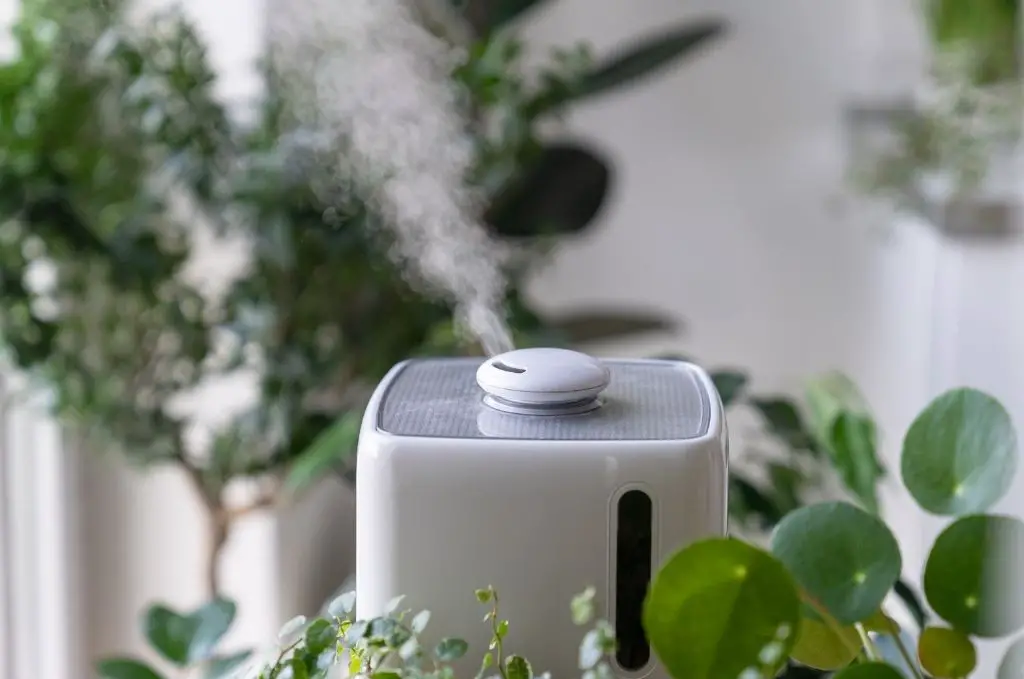
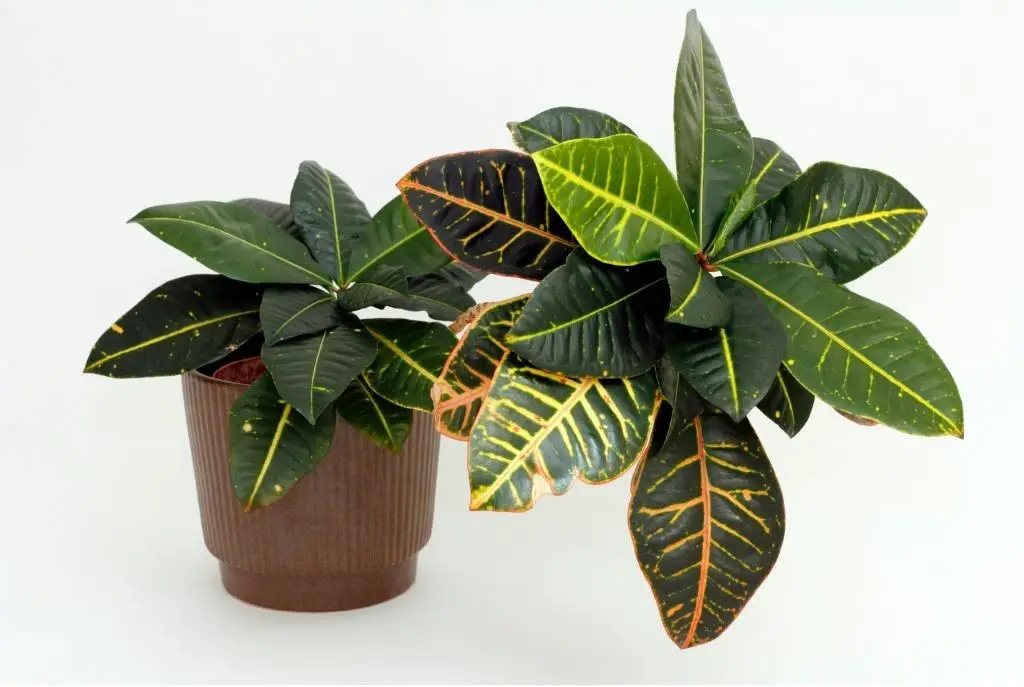
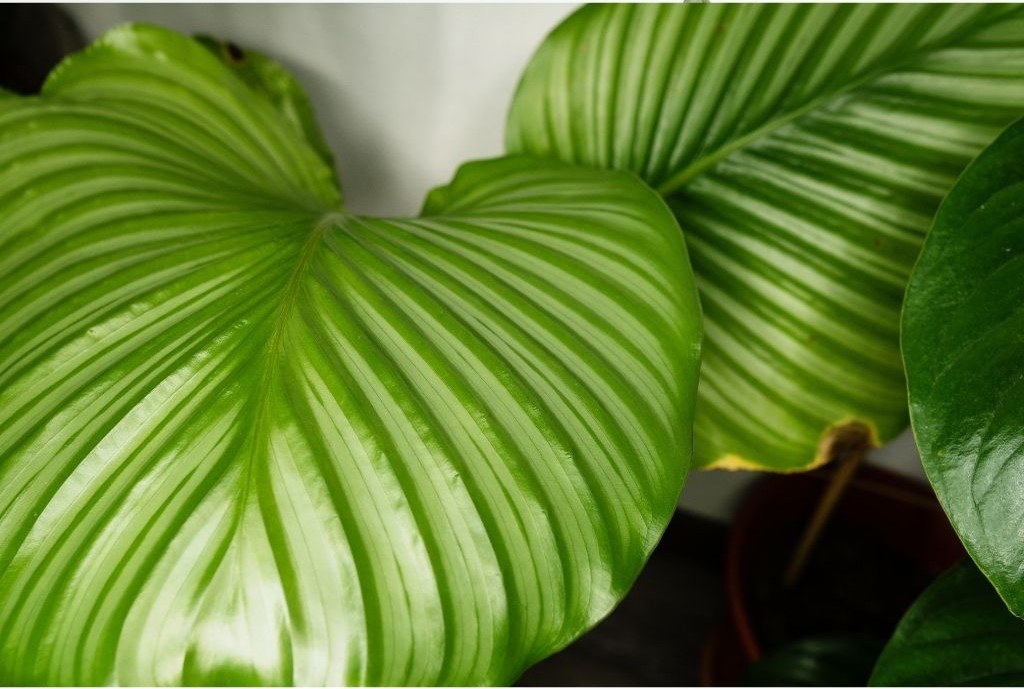 So what did I learn from it?
So what did I learn from it?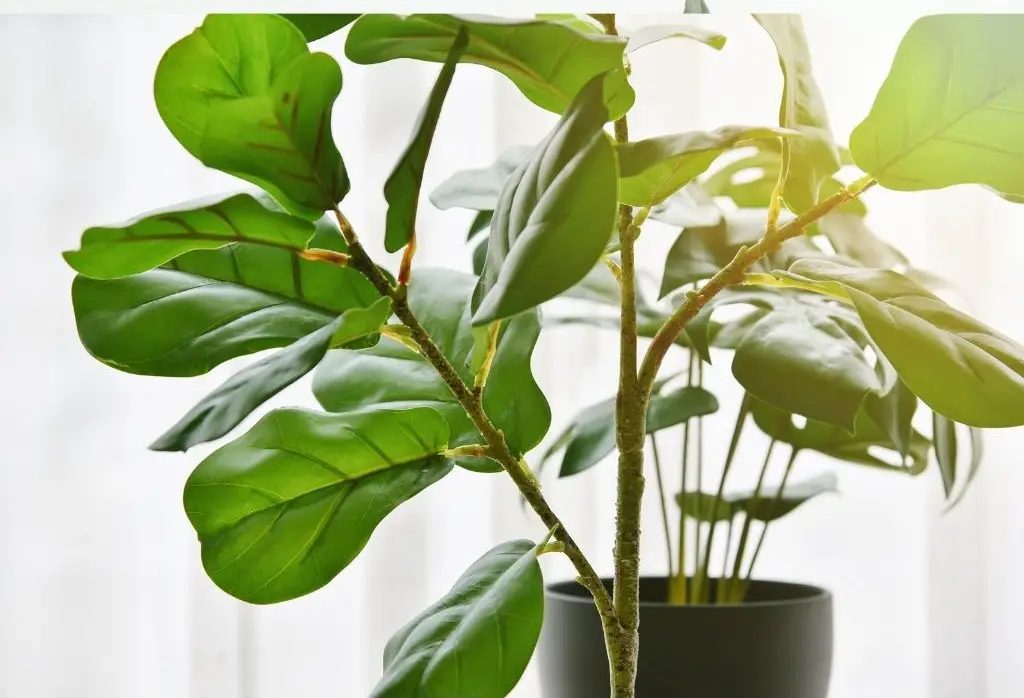 When should I use a humidifier for my plants?
When should I use a humidifier for my plants?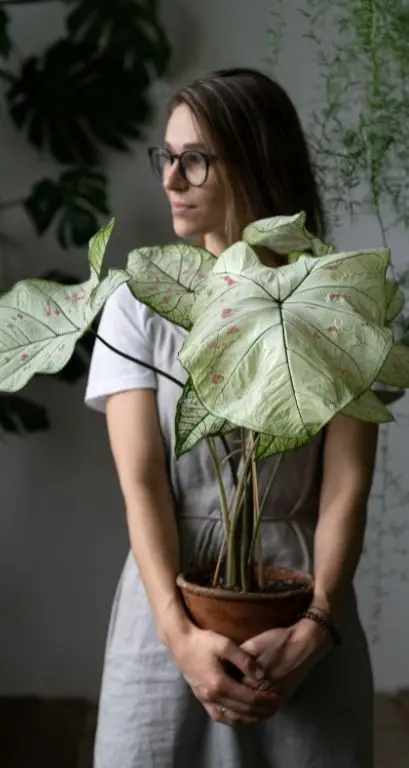 Recap
Recap

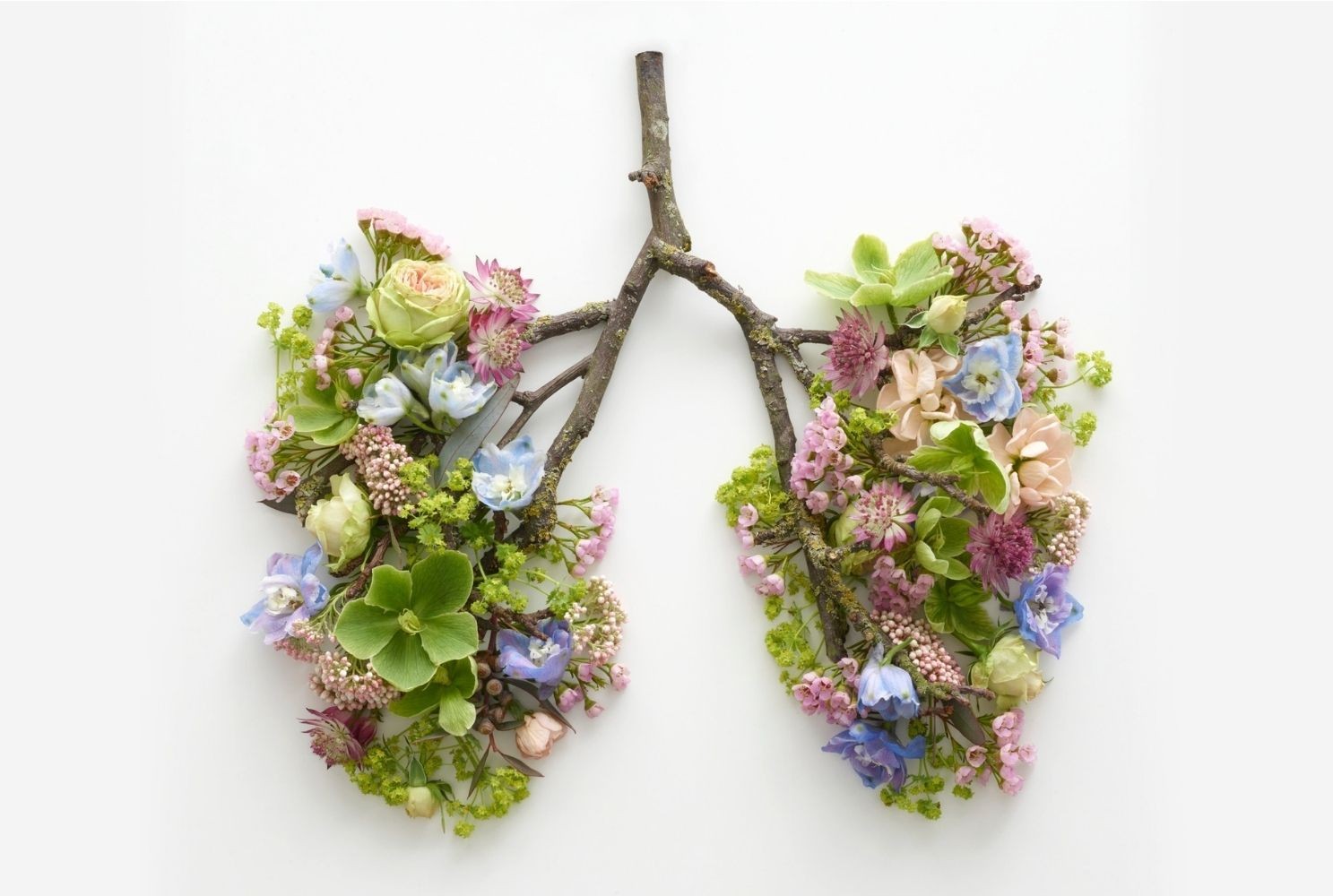
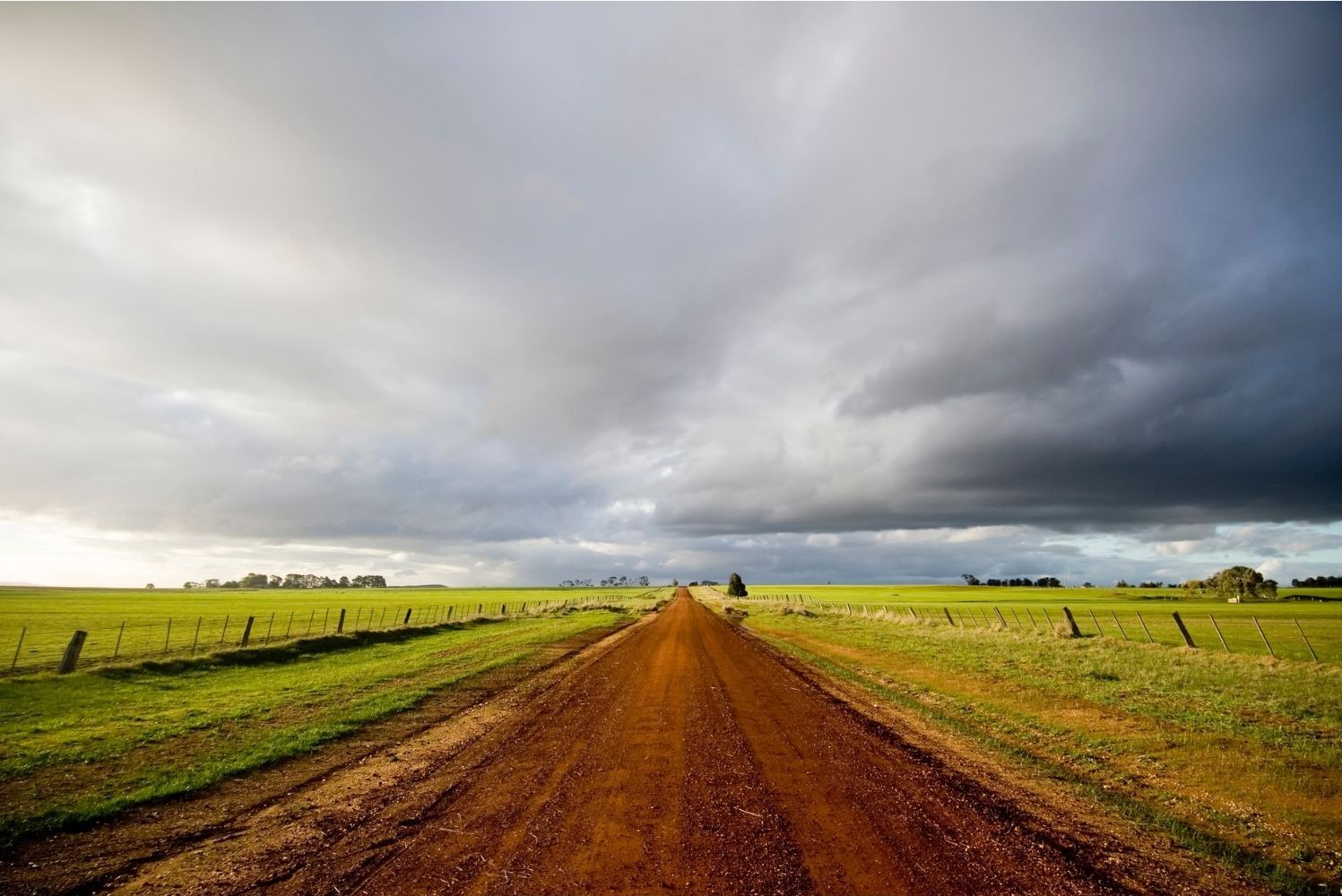
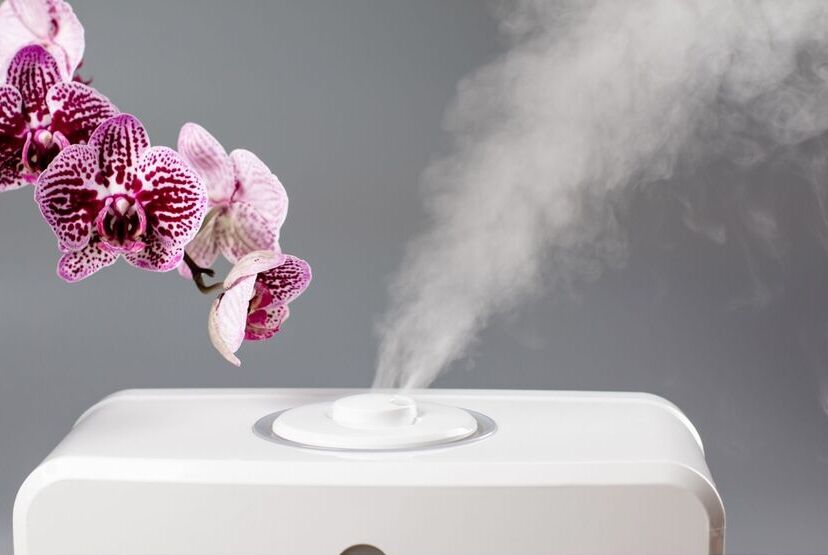

 And a number of the plants, including the ones I mentioned above happened to be some of the best oxygen producing plants that exist.
And a number of the plants, including the ones I mentioned above happened to be some of the best oxygen producing plants that exist.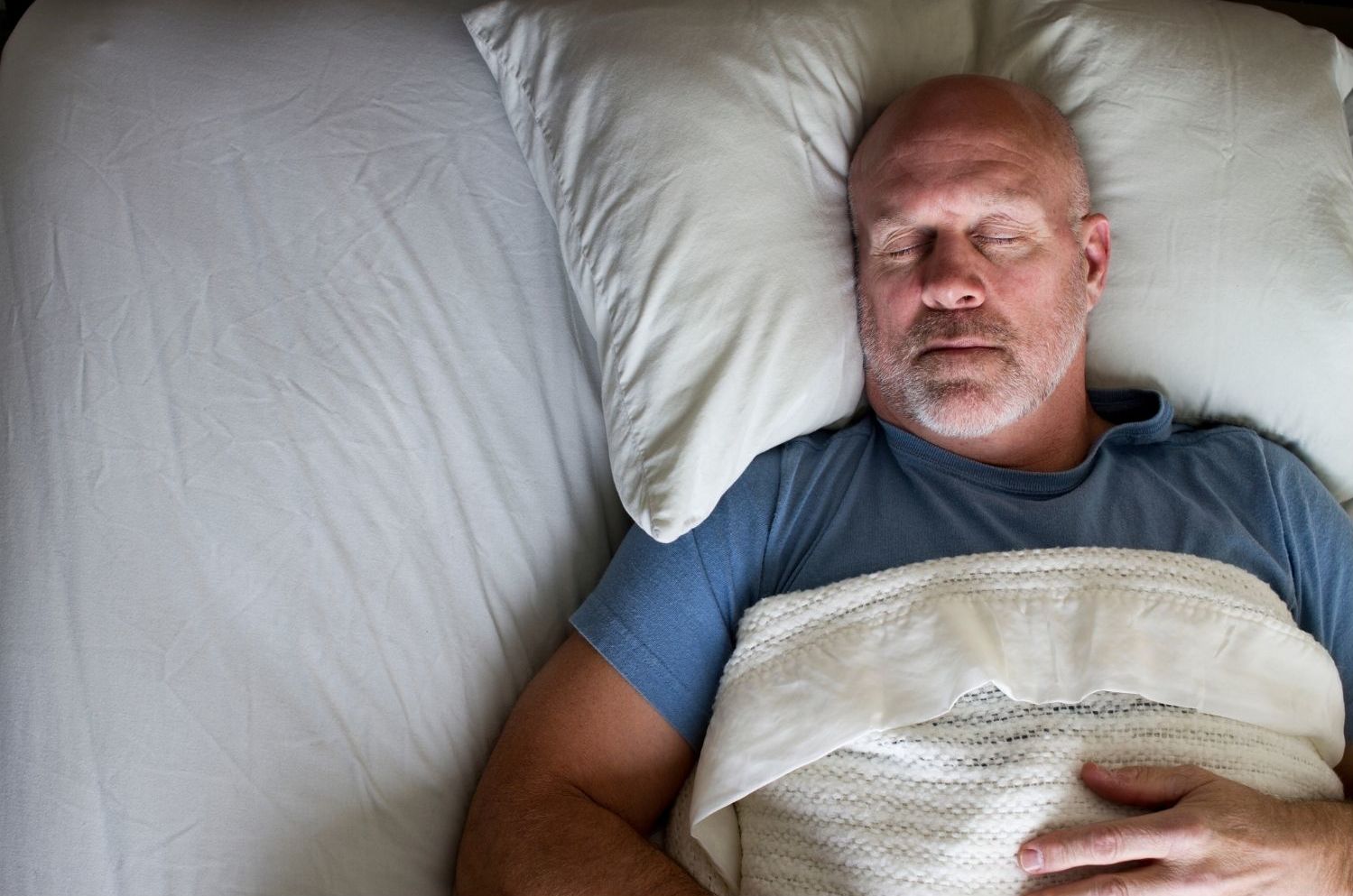
 But even with that information, knowing when to use a humidifier is still guesswork unless you have a way of measuring the humidity.
But even with that information, knowing when to use a humidifier is still guesswork unless you have a way of measuring the humidity.